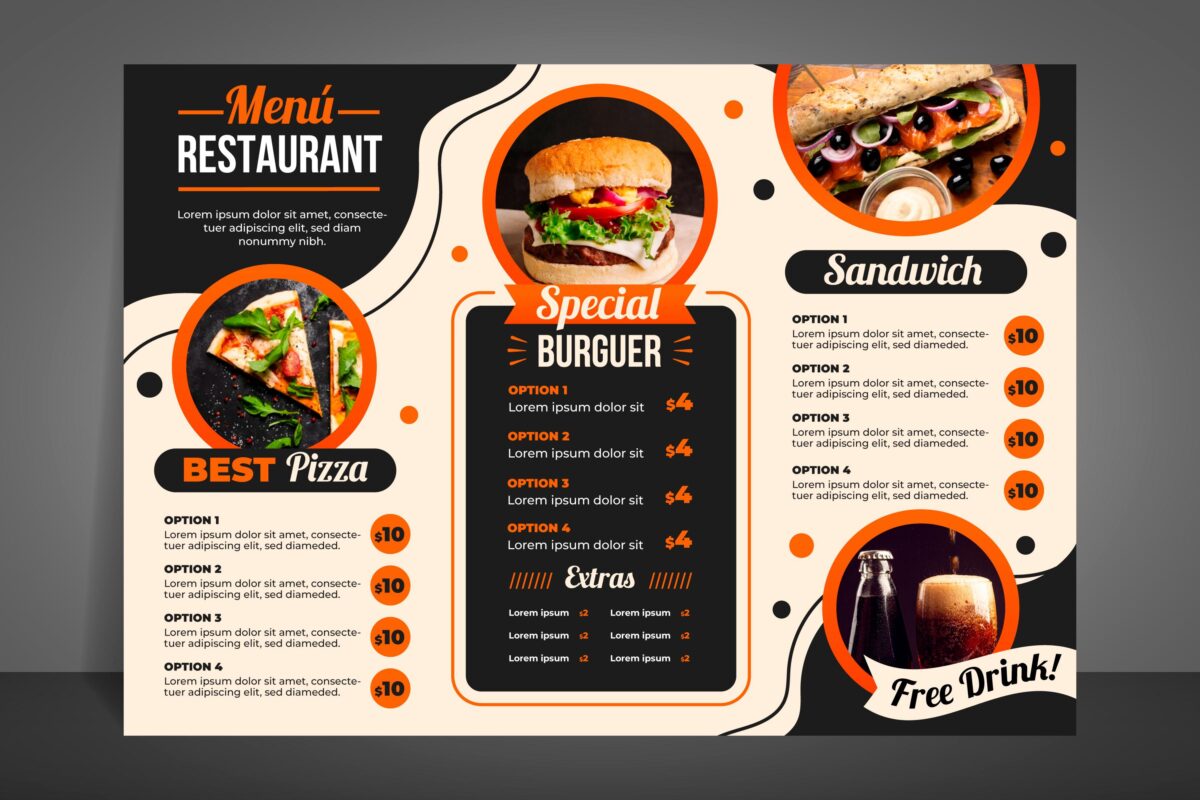3D Printing in Space: Manufacturing Beyond Earth

Introduction
The evolution of space exploration has reached new heights with the integration of 3D printing technology. In this article, we delve into the innovative realm of “3D Printing in Space,” exploring its significance, applications, and the groundbreaking possibilities it unlocks for manufacturing beyond Earth.
Revolutionizing Space Exploration
The idea of 3D printing in space marks a paradigm shift in space exploration. Traditionally, space missions required meticulous planning, with every component meticulously crafted on Earth. The advent of 3D printing technology has redefined this approach, allowing for on-demand manufacturing in the extraterrestrial environment.
Overcoming Challenges
Space exploration poses unique challenges, such as limited cargo space and the prohibitive cost of transporting materials from Earth. 3D printing addresses these challenges by enabling astronauts to produce tools, components, and even structures using locally sourced materials, reducing reliance on Earth-bound resources.
On-Demand Tools and Spare Parts
One of the immediate benefits of 3D printing in space is the ability to manufacture tools and spare parts on-demand. This reduces the need to carry an extensive inventory of spare components, enabling astronauts to adapt and address unforeseen challenges during missions.
Habitat Construction on Extraterrestrial Bodies
The prospect of constructing habitats on the Moon or Mars using 3D printing is a tantalizing possibility. This involves utilizing the regolith (soil) available on these celestial bodies as the raw material for 3D printing structures. This not only reduces the need for transporting construction materials but also facilitates the establishment of sustainable human colonies.
Customized Equipment for Space Exploration
3D printing allows for the creation of customized equipment tailored to the specific needs of space missions. From intricate scientific instruments to specialized components for spacecraft, the ability to manufacture bespoke items enhances the efficiency and success of space exploration endeavors.
Additive Manufacturing in Microgravity
Traditional manufacturing methods rely on gravity for processes like layering and bonding. In microgravity environments, these processes behave differently. Innovations in additive manufacturing have adapted 3D printing technology to function seamlessly in space, ensuring the precise and controlled deposition of materials.
Sourcing Materials Locally
The concept of in-situ resource utilization (ISRU) involves utilizing materials available on celestial bodies for 3D printing. This not only reduces the need for transporting raw materials from Earth but also maximizes the efficiency of space missions by utilizing local resources.
Resource Efficiency
Utilizing local materials for 3D printing minimizes the reliance on Earth-bound resources, making space missions more sustainable and cost-effective.
Rapid Prototyping
The ability to rapidly prototype and manufacture components in space accelerates the iterative design process, allowing for quick adjustments and improvements during missions.
Microgravity Challenges
Microgravity poses challenges to traditional manufacturing processes. Adapting 3D printing technology to function optimally in space requires overcoming hurdles related to layer adhesion, material flow, and overall print quality.
Material Limitations
The availability and suitability of materials on celestial bodies may vary. Ensuring that 3D printing materials can withstand the harsh conditions of space and provide structural integrity is a critical consideration.
Interplanetary Manufacturing Hubs
The vision of establishing interplanetary manufacturing hubs, equipped with advanced 3D printing capabilities, is gaining traction. These hubs could serve as bases for producing components not only for space missions but also for sustaining human colonies on other celestial bodies.
Collaboration with Robotics
Integrating 3D printing technology with robotics can enhance the efficiency of manufacturing processes in space. Autonomous robots equipped with 3D printing capabilities could work in tandem with astronauts to construct structures or repair equipment.
Conclusion
In conclusion, 3D printing in space represents a transformative leap in our approach to space exploration and colonization. The ability to manufacture on-demand, utilize local resources, and adapt to the challenges of extraterrestrial environments opens up unprecedented possibilities for the future of humanity beyond Earth.
FAQs
How does 3D printing benefit space exploration?
3D printing in space enables on-demand manufacturing of tools, spare parts, and customized equipment, reducing the need for Earth-bound resources and enhancing mission adaptability.
What is in-situ resource utilization (ISRU) in the context of 3D printing in space?
ISRU involves utilizing materials available on celestial bodies, such as the Moon or Mars, for 3D printing. This reduces the reliance on transporting raw materials from Earth.
What challenges does microgravity pose to 3D printing in space?
Microgravity challenges include issues related to layer adhesion, material flow, and overall print quality. Adapting 3D printing technology to function optimally in space requires overcoming these hurdles.








